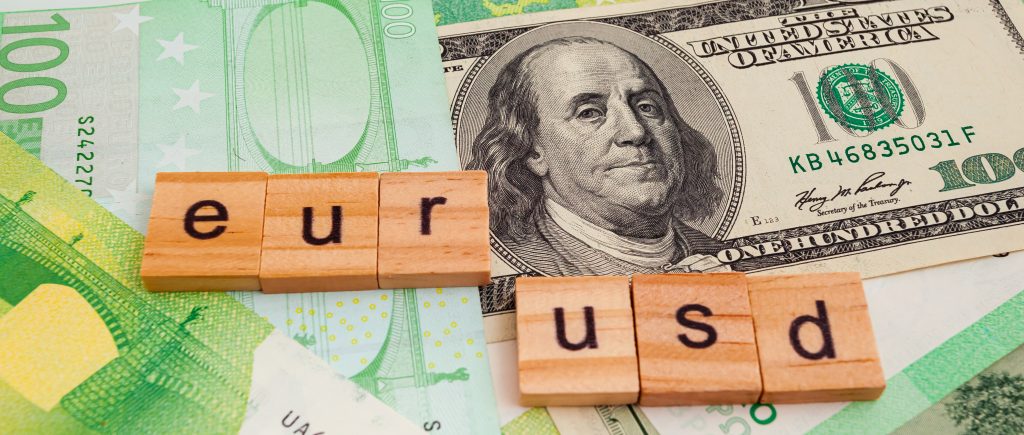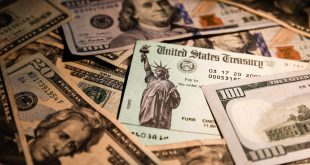Bears on the EUR/USD pair are keeping an eye on price action and searching for opposite structures to align with. The 1.0470s area is being watched, but a break above the 78.6% may discourage bears from getting too engaged.
Ahead of the crucial US Nonfarm Payrolls on Friday, the EUR/USD pair is making gains on Thursday, rising from a low of 1.0536 to a corrective high of 1.0586 as far in the New York session. Concerns about interest rates staying higher for longer kept European equities down, but on Wall Street, Treasury yields have decreased, boosting risk taking.
Contrary to how the markets were beginning to position after Federal Reserve Chair Jerome Powell’s hawkish remarks to Congress earlier in the week, US economic data have shown that there are hints of cracks in a tight US labour market.
The hawkish tone of Fed Chair Jerome Powell was somewhat softened by data released on Thursday, which also revealed that US unemployment claims increased by 11% last week. The growth was the greatest in five months. At the same time, February’s anticipated layoffs increased fourfold from the previous year. This information may indicate that the Federal Reserve’s cycle of rate increases has been working as expected and that further rate increases are not necessary.
As a result, each of the three major US market indexes saw gains, and the US Dollar has been drifting lower after printing a three-month high near 105.90 at the beginning of the week. The benchmark US Treasury yields have decreased by 0.8% and have printed at a low of 3.94%, down from 4.019%. The Euro consequently rises. The market’s expectations of the policy advice that the FOMC is likely to provide at the March meeting will be significantly influenced by Friday’s Nonfarm Payrolls and next week’s Consumer Price Index.
The prior ADP data indicated that another strong jobs report will be released on Wednesday. NFP has outperformed ADP for seven consecutive months, which is noteworthy. Is this run likely to continue in February? The ADP headline figure was 242k, more than the 200k projected and a revised 119k (from January’s 106k). The print confirms that the economy is still growing in February, according to experts at Brown Brothers Harriman.
Remember that ADP failed significantly in January despite the correction, thus the forecasting ability of ADP is obviously lacking. Notwithstanding this, the consensus for the NFP on Friday has increased slightly to 225k from 517k in January.
Average hourly wages have increased to 4.7% y/y from 4.4% in January, while the unemployment rate is expected to remain stable at 3.4%. One key question is if the January NFP gets materially changed in either direction. When giving their outlook for EUR/USD, they said that they believe it remains on track to test 2023 low near $1.0485.
The euro may struggle to recover until the third quarter when the US Dollar is likely to fall in tandem with the short-end of the US Treasury yield curve. It was initially projected to see a range of 1.05-1.10 for the second quarter, but it is evident that markets are closer to the lower end of that. I believe the 1.05 region will experience greater pressure and greater vulnerability over that time.
Although the US Fed has signaled higher interest rates, the European Central Bank has been rather hawkish about the possibility of more increases, which could prevent the EUR/USD from dropping below the 1.05 support level.
The price has formed an M-formation, a pattern that, in this specific scenario, tends to result in a retest of the neckline near a 50% mean reversion. 1.0520 protects 1.0480, and bulls must rise above 1.06 to take a chance on 1.0700.
We can see how the M-formation has developed on the hourly chart, with the price advancing towards the neckline area’s resistance and the 38.2% Fibonacci retracement level.
Bears will be keeping an eye on price action at this point and searching for opposing formations to line their short bets with. According to the daily chart, a test of crucial support on the way to the 200 DMA is viewed as a negative target in the 1.0470s area if the 78.6% Fibo is broken above.

 Noor Trends News, Technical Analysis, Educational Tools and Recommendations
Noor Trends News, Technical Analysis, Educational Tools and Recommendations



